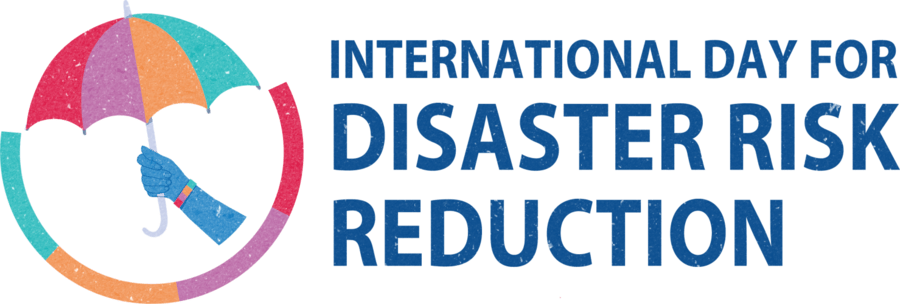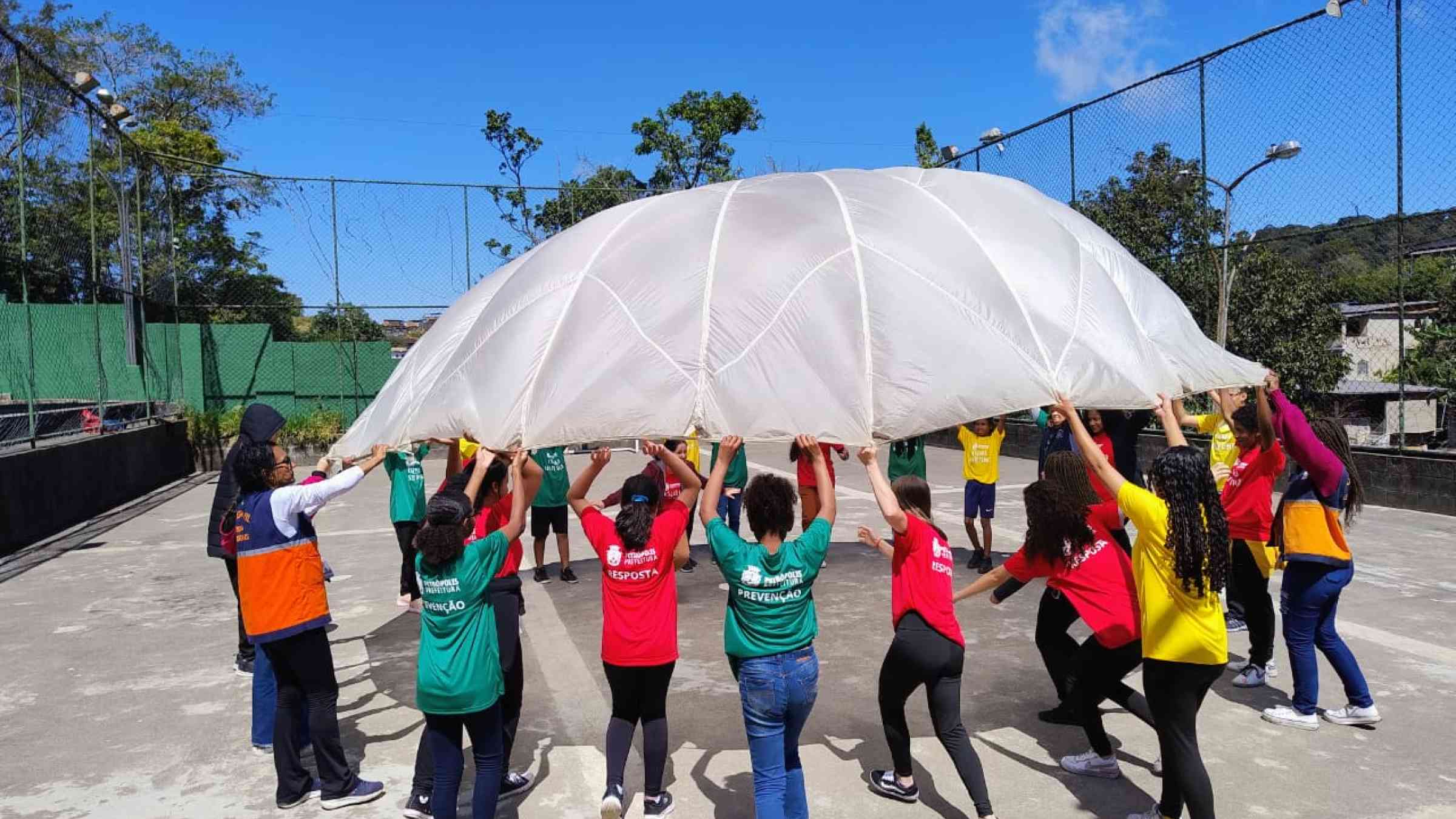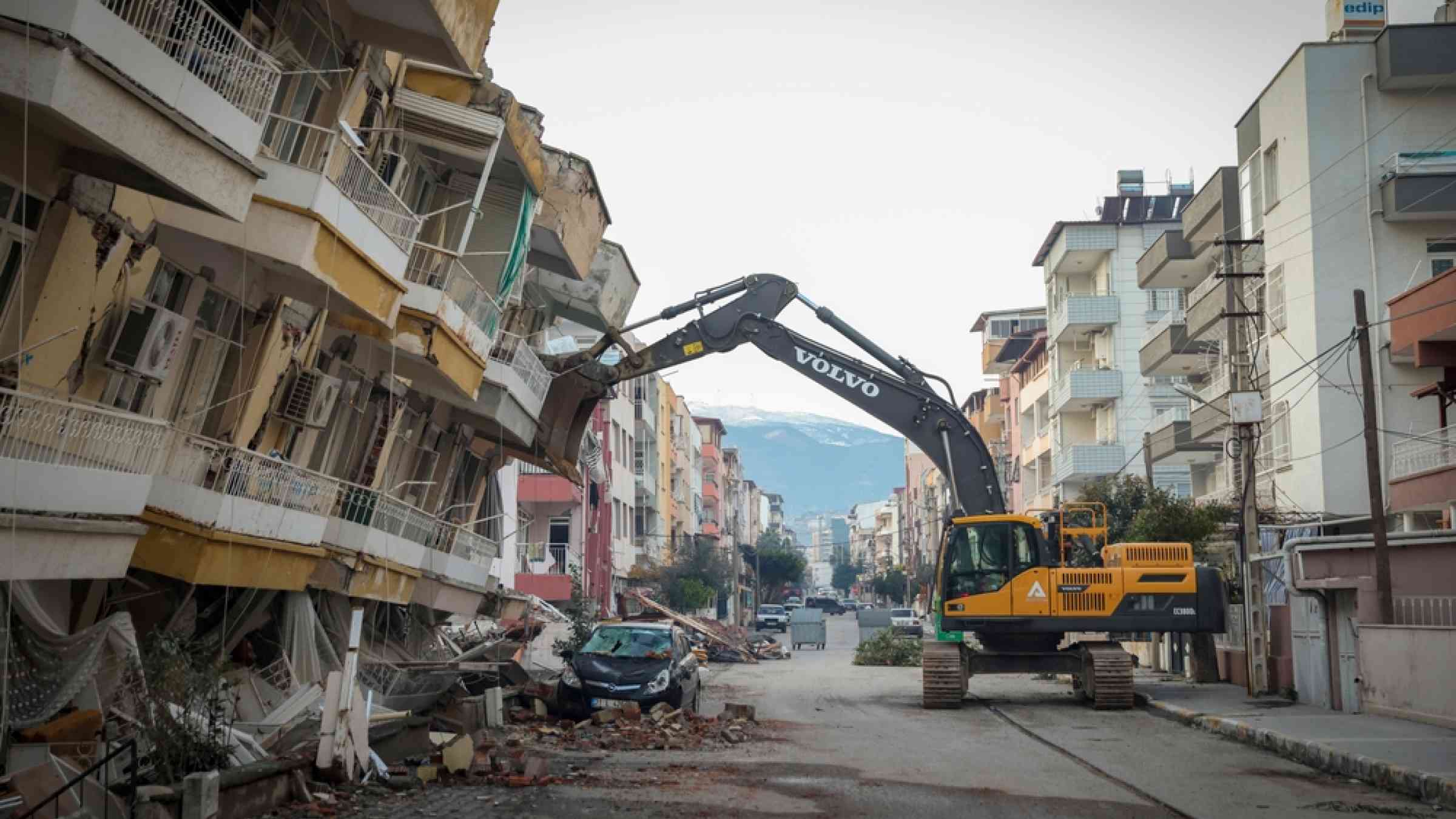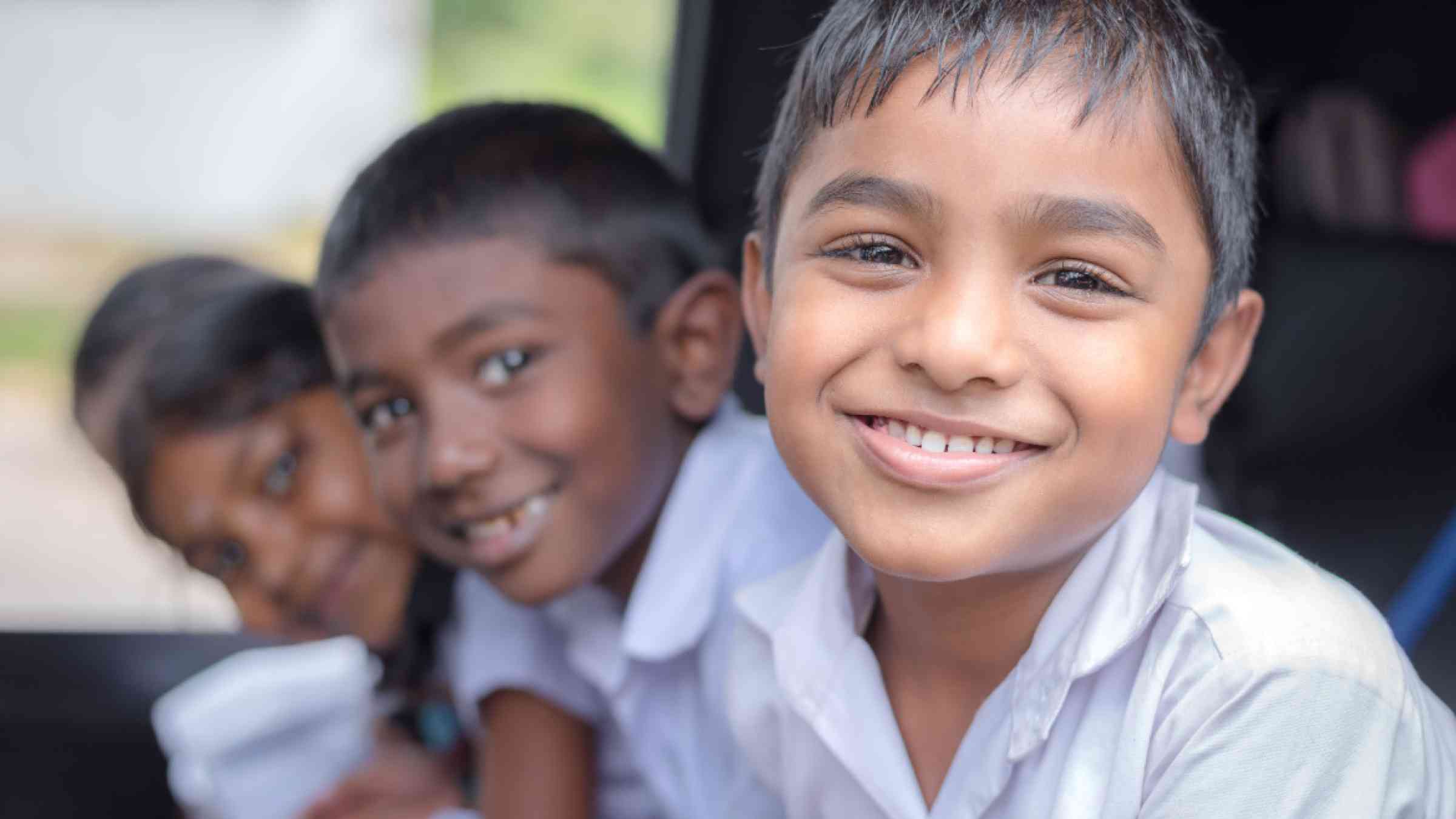About the IDDRR day
Theme of the Day: Empowering the next generation for a resilient future
Increasing disasters, many of them driven and exacerbated by climate change, threaten the well-being of children and youth. According to UNICEF, approximately one billion children worldwide are at extremely high risk due to climate impacts, including climate-related disasters. In 2022, the number of children affected by flooding in Chad, Gambia, Pakistan and Bangladesh was the highest in over 30 years. Beyond the risk of death and injury, children in the aftermath of a disaster face cascading impacts such as disruptions in schooling, nutrition, and healthcare and protection issues.
To protect children from disasters, countries must consider their vulnerabilities and needs when designing national and local disaster risk reduction strategies. It is equally important that children and youth be empowered and provided “the space and modalities to contribute to disaster risk reduction,” as called for in the Sendai Framework for Disaster Risk Reduction 2015-2030. This also aligns with the calls to action of the Political Declaration of the Midterm Review of the Sendai Framework, which called for “the full, equal, meaningful and inclusive participation” of youth and the promotion of "a culture of disaster prevention.”
Empowering children, especially through education, can enable them to protect themselves and to become agents of change in their families and communities by sharing what they learned. This is particularly relevant in the context of the global push to expand early warning systems under the UN Secretary-General’s Early Warnings for All initiative.
To achieve the goal of the Sendai Framework of reducing global disaster risks and losses, the theme of the International Day for Disaster Risk Reduction (IDDRR) 2024 will be on the role of education in protecting and empowering children for a disaster-free future. The theme is aligned with the upcoming Summit of the Future, planned for September 2024, where ‘youth and future generations’ will be one of its five priorities.
Call to action
The International Day for Disaster Risk Reduction 2024 calls on countries to harness the education sector to reduce the disaster risks of school-aged children, especially by investing in two key areas:
- Protect children through safe schools: children are entitled to be safe in their schools and this starts with ensuring schools are disaster-resilient and are part of disaster early warning systems.
- Empower for safe children through age-appropriate education to understand and act on the risks they face. This includes building their preparedness to take early action in response to early warnings. Empowered children become agents of change for more resilient communities.
- Endorse and implement the Comprehensive School Safety Framework 2022-2030, developed by the Global Alliance for Disaster Risk Reduction and Resilience in the Education Sector (GADRRRES), which is chaired by UNESCO and UNICEF.
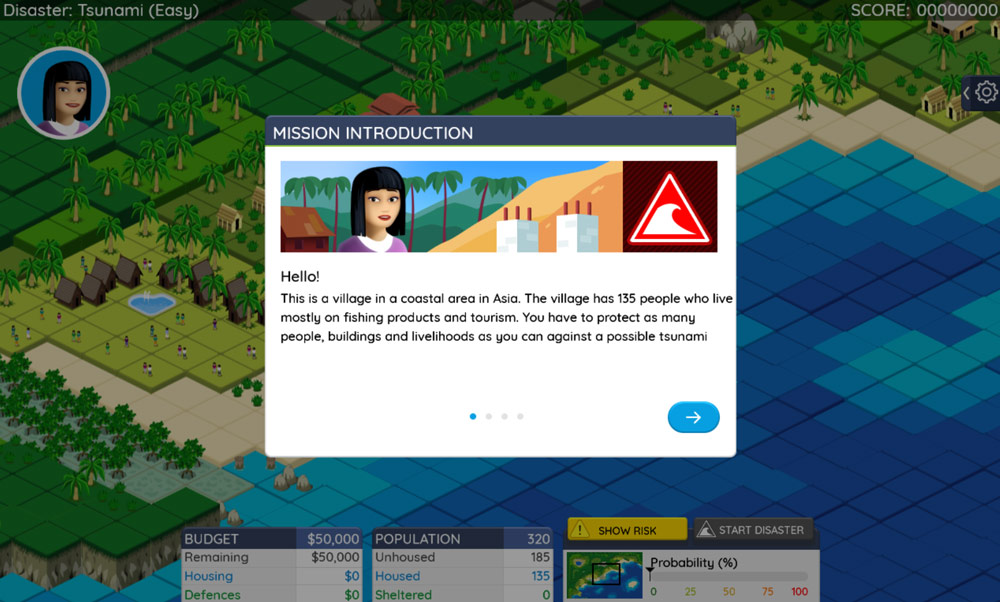
Play and learn to stop disasters
This online game teaches children how to build safer villages and cities against disasters. Children learn through playing how the location and the construction materials of houses make a difference when disasters strike and how early warning systems, evacuation plans and education save lives.
Facts and figures
- One billion children worldwide are at extremely high risk due to climate impacts, including climate-related disasters (UNICEF, 2021).
- Between 2015 and 2021, over half a million schools have been damaged or destroyed by disasters (SFM, UNDRR)
- According to UNICEF, approximately one billion children worldwide are at extremely high risk due to climate impacts, including climate-related disasters
- In 2022, the number of children affected by flooding in Chad, Gambia, Pakistan and Bangladesh was the highest in over 30 years
- Approximately 10% of schools across Europe are located in potential flood-prone areas (European Environment Agency, 2022)
- Almost 160 million children are exposed to severe and prolonged droughts - by 2040, it is estimated that one in four children will be living in areas with extreme water shortages” (UNICEF, 2019)
Watch
Resources

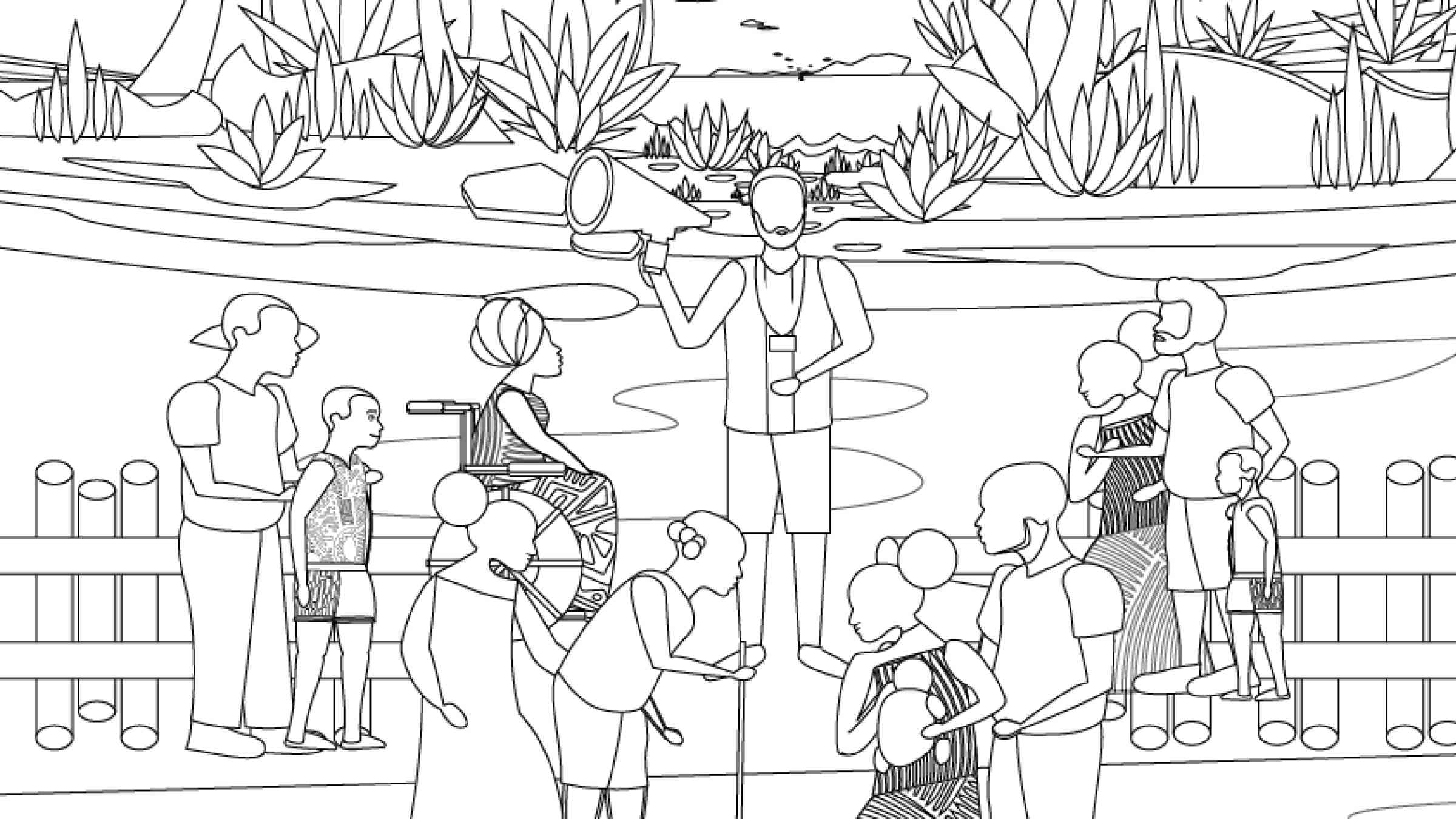
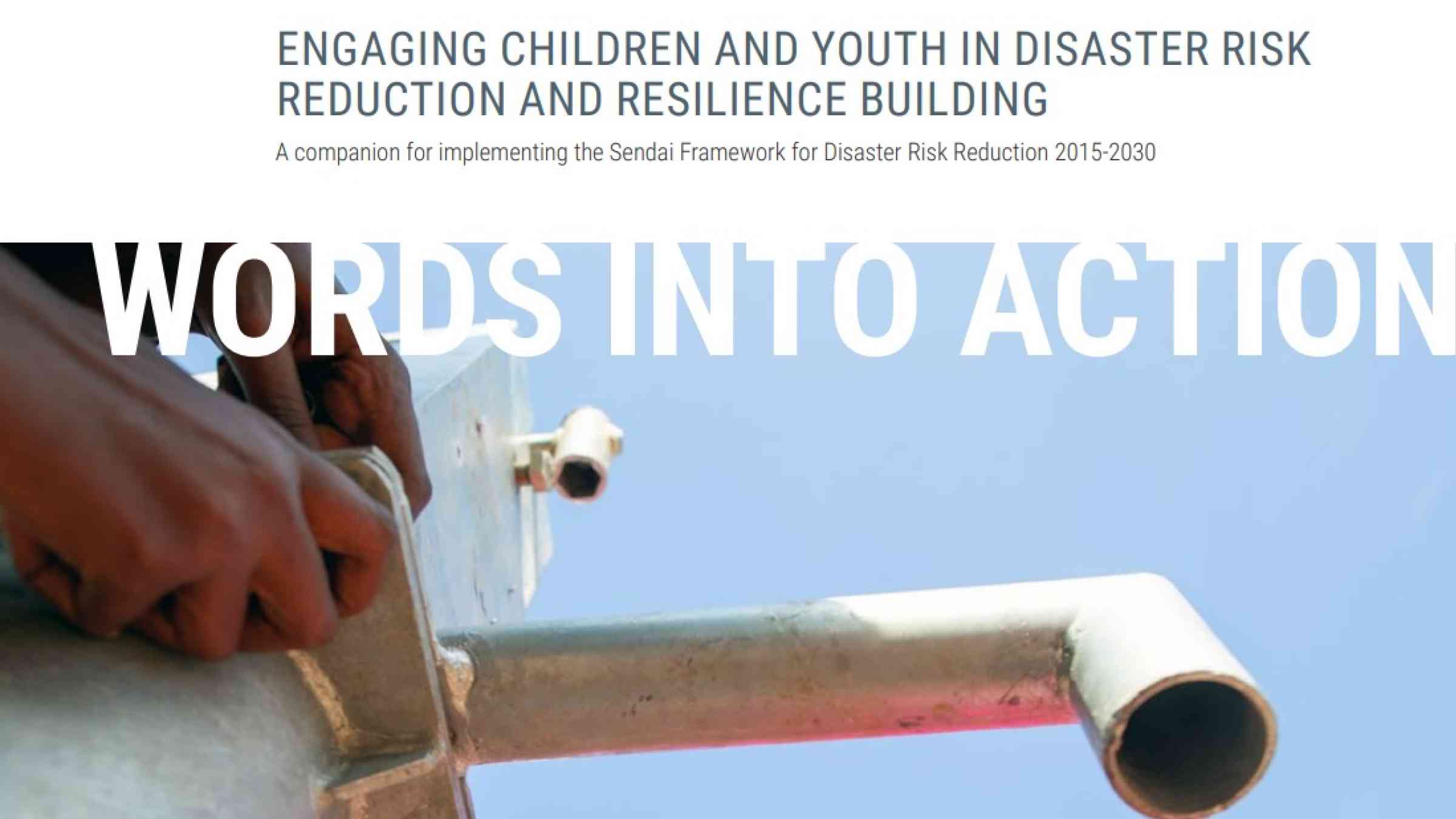
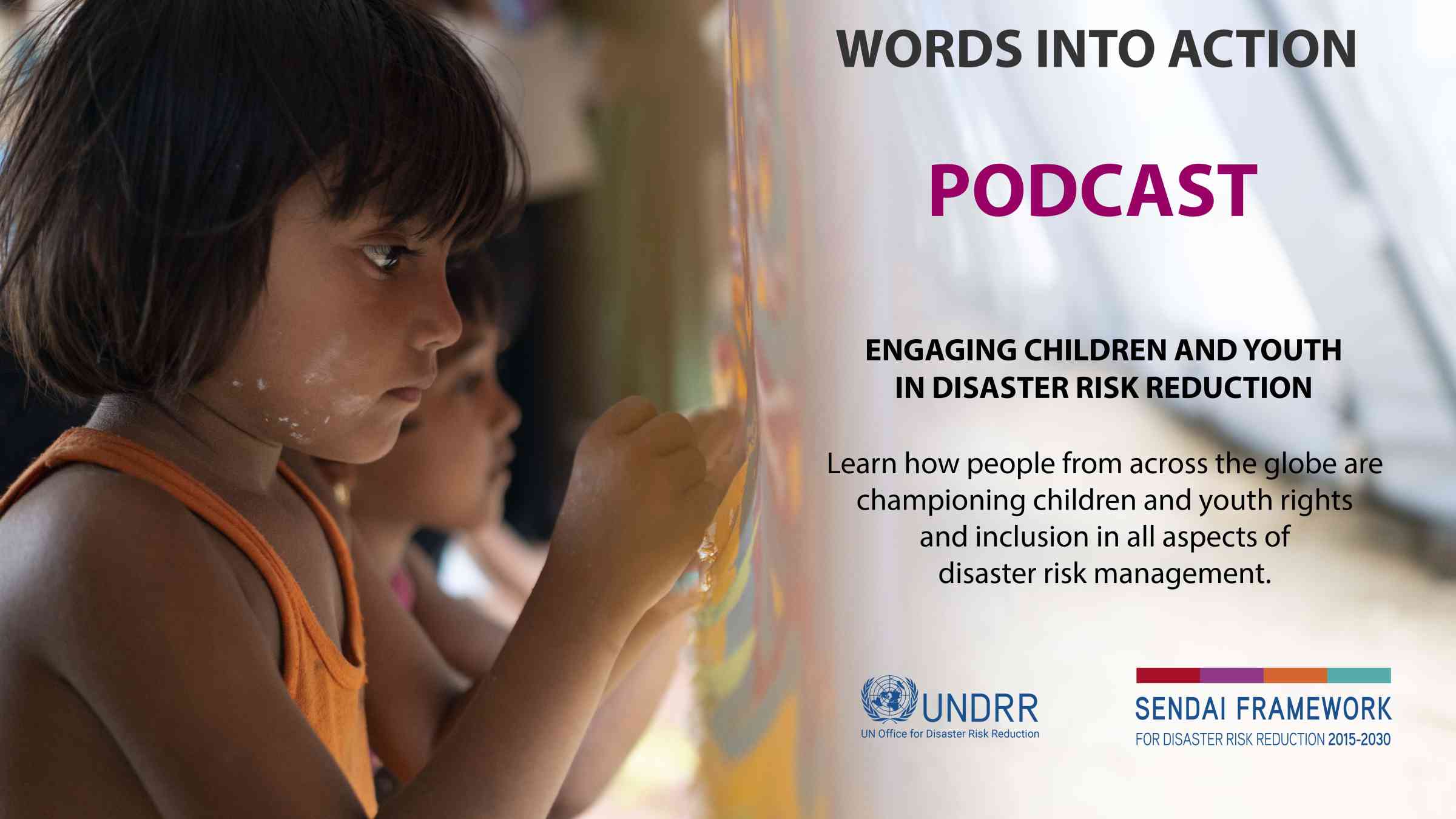
History of the day
The International Day for Disaster Risk Reduction was started in 1989, after a call by the United Nations General Assembly for a day to promote a global culture of risk-awareness and disaster reduction. Held every 13 October, the day celebrates how people and communities around the world are reducing their exposure to disasters and raising awareness about the importance of reining in the risks that they face.
